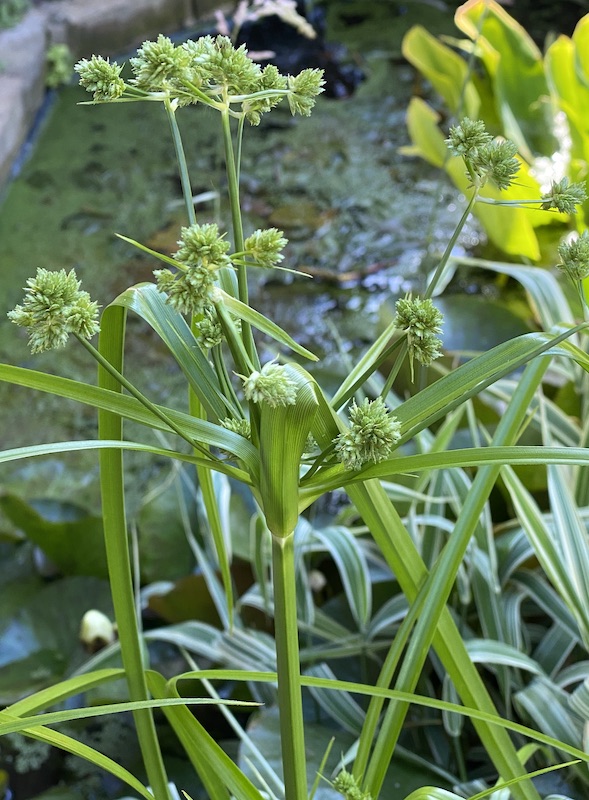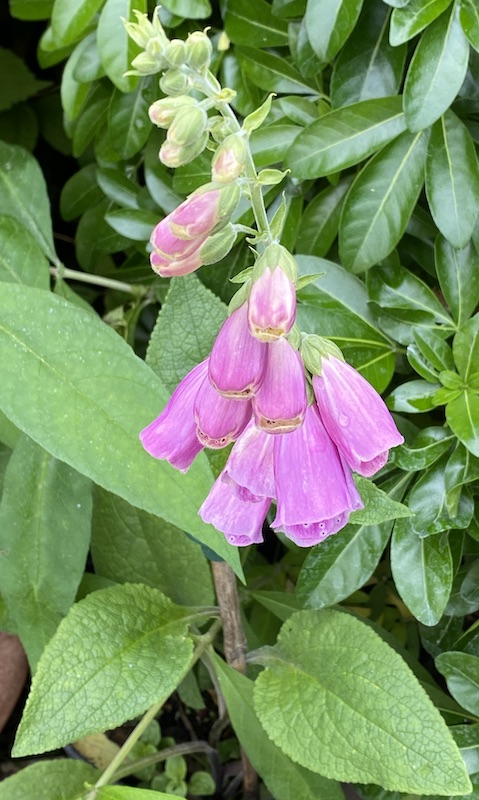William Blake has always been one of my favourite poets… a man surely well before his time. Not only were his views about unearned wealth and power spot on, but his thoughts about the wild world are lessons for today. He wrote in ‘Auguries of Innocence’; “A Robin Redbreast in a Cage puts all Heaven in a Rage” in a time when most people thought everything on the earth was put there by God for the benefit of man. When he wrote “Tyger, tyger burning bright, in the forest of the night, what immortal had or eye could frame thy fearful symmetry” he speculates on whether there is a God, or whether the natural world is enough magic in itself.
Auguries of Innocence starts with the lines “To see a World in a Grain of Sand, and a Heaven in a Wild Flower, hold Infinity in the palm of your hand and Eternity in an hour.” Which sums up how I feel about nature and its endless fascination and beauty.

Umbrella Sedge Cyperus eragrostis
This year of all years, every day seems to be plucked from my childhood, when endless days could be spent listening to the trickling water of a stream or an hour could be lost wondering about the incredible symmetry of a dandelion clock. I remember fishing with my dad on a summer evening and ignoring my float, closing my eyes and feeling breeze on my face as I listened to the call of wood pigeons. I find Wood pigeons calling by water is still soulful; still profoundly moving. Opening my eyes, I would watch a spotted flycatcher looping back and forth from a bare branch to catch midges and I’d breathe in the smell of earth and damp grass as the sun went down.

A water droplet on the leaf of an aquilegia…
Foxgloves in the wild are biennials, they produce no flower in their first year but bloom in their second and set seed before the plant dies. Cultivars tend to be short-lived perennials. This wild one appeared and I hope its seeds self-sow into other pots. I like as many plants that are native to the UK as possible as they seem more attractive to most pollinators. Some of the cultivated plants that are close to their wild originals, like geraniums also seem very attractive to insects who favour them above the more exotic species. Watching bumblebees crawl deep into the flower to sip nectar is fascinating.

Common Foxglove Digitalis purpurea





